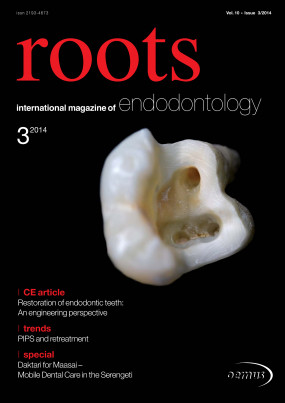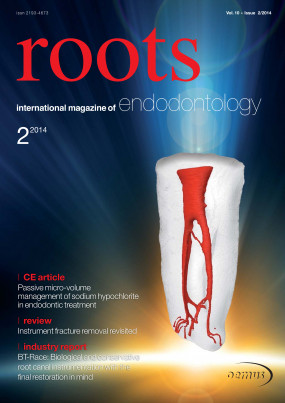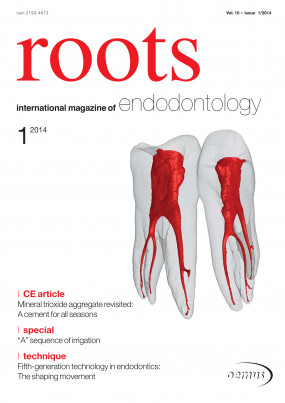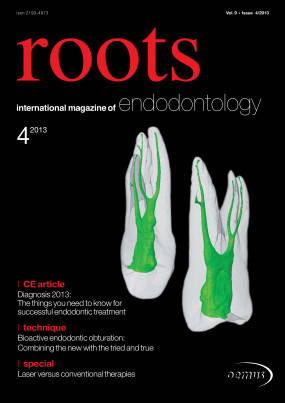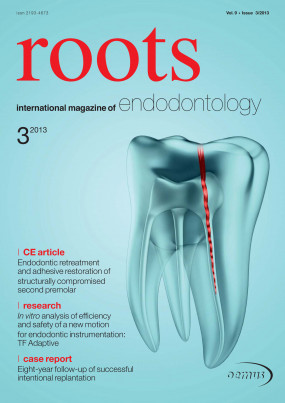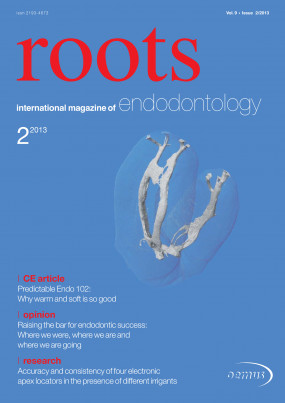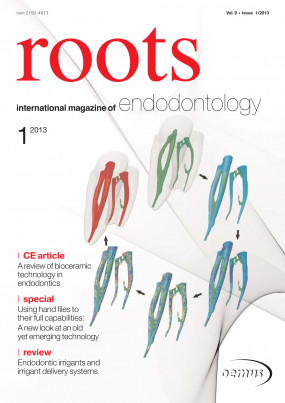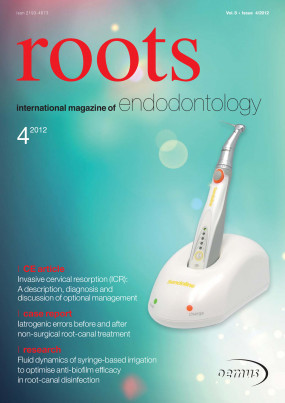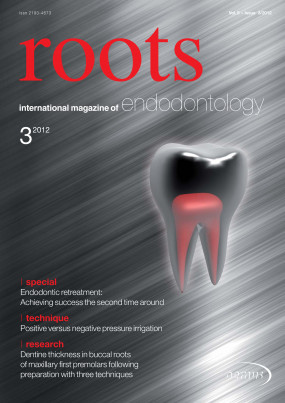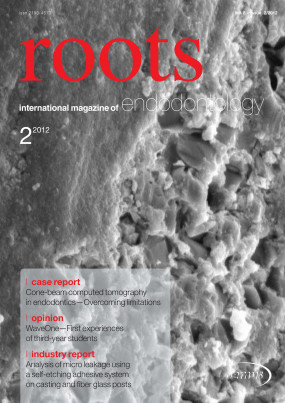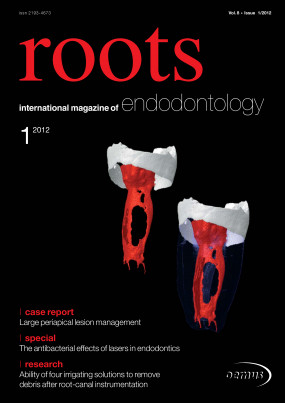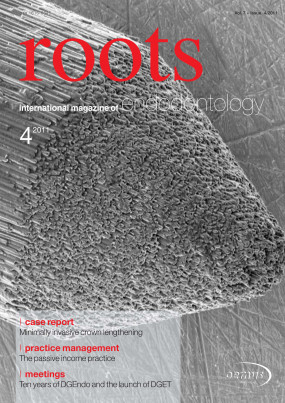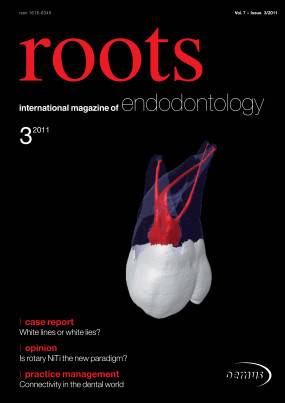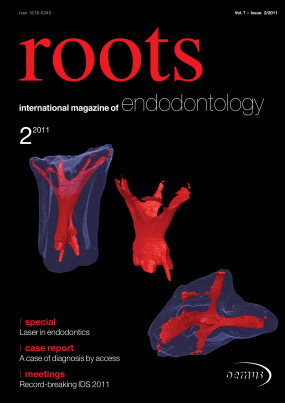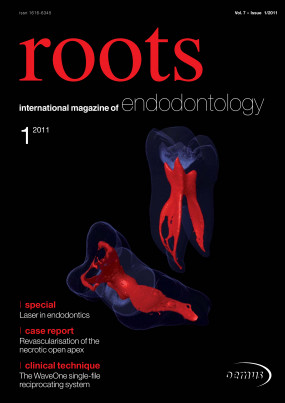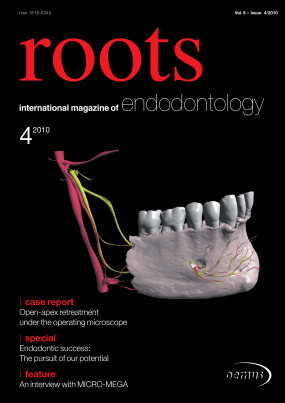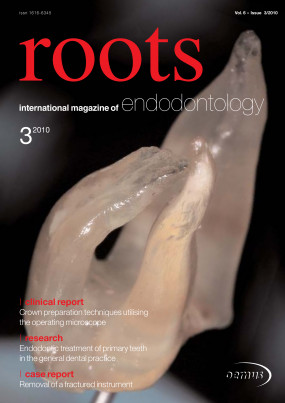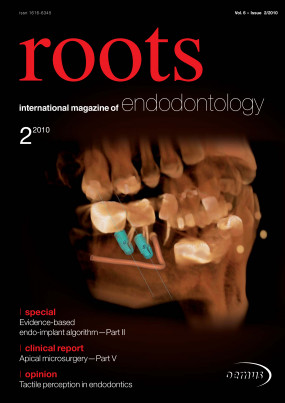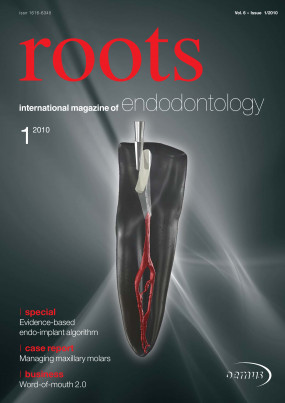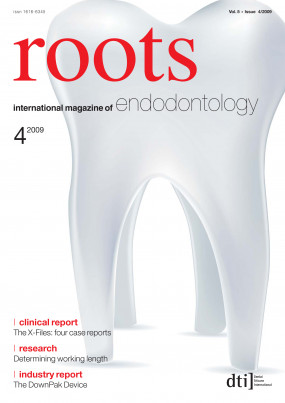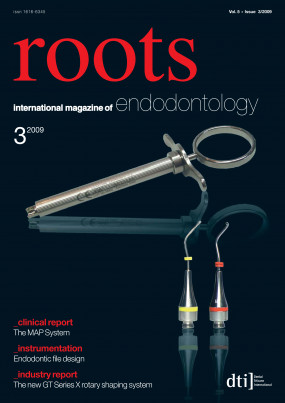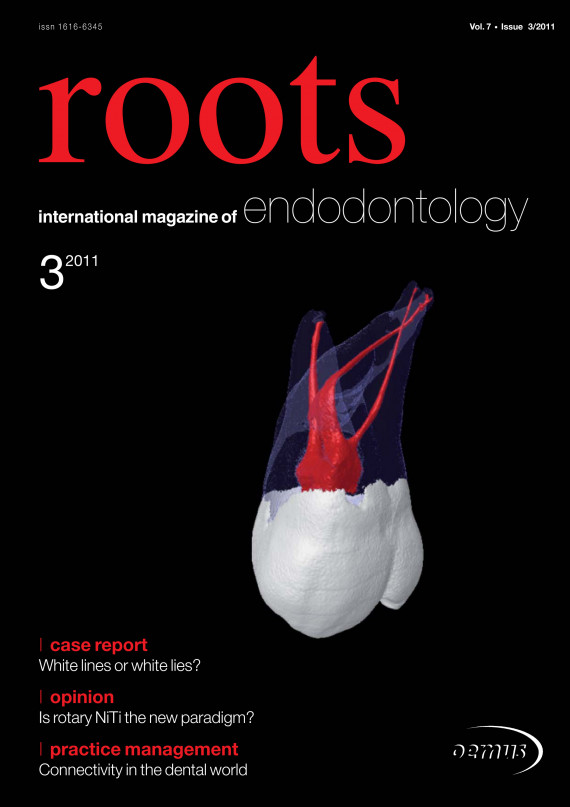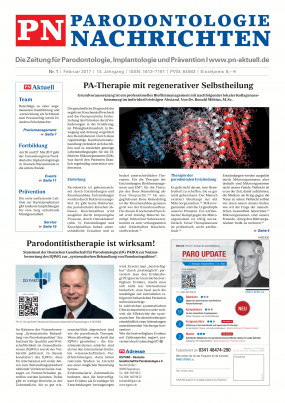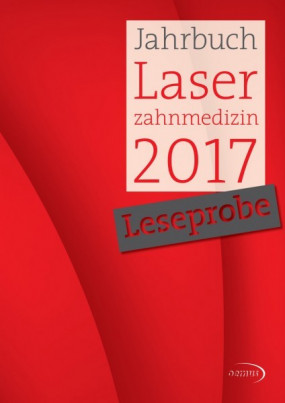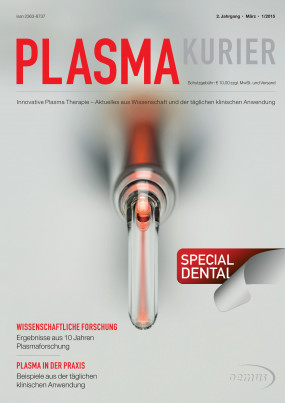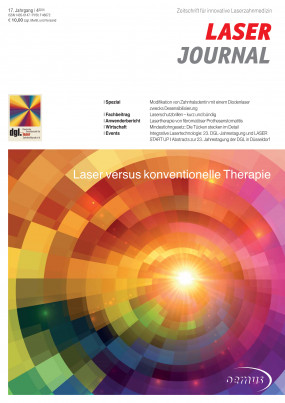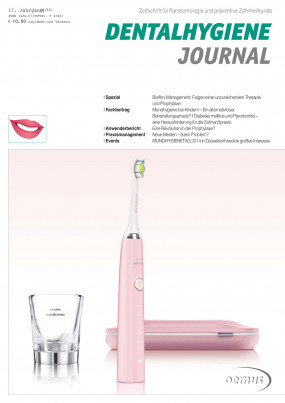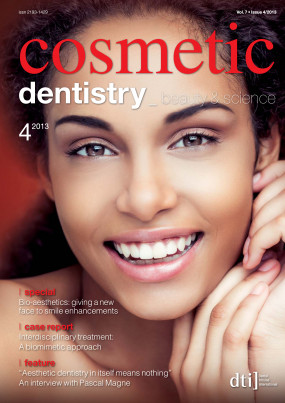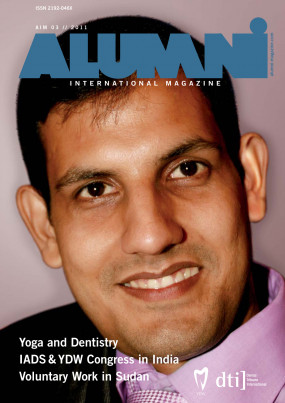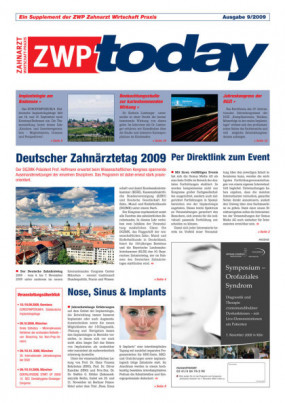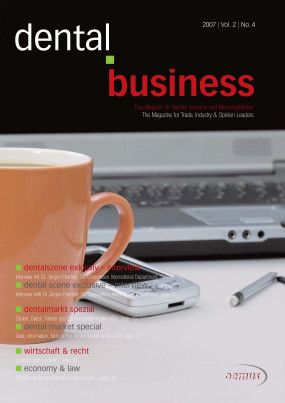Inhaltsverzeichnis
3
Endodontics is changing—for better or for worse, that depends on your point of view. Recently, the introduction of new endodontic files aroused the endodontic community. We have seen the arrival of the Self-Adjusting File (SAF), with its revolutionary design and atypical shaping approach. Other recent developments are the WaveOne and Reciproc files, which use a reciprocating movement instead of a continuous rotating movement.
6
Efficient and ergonomic apical resection using the Kaiserswerth algorithm
Prof Marcel Wainwright, Germany
Thanks to minimally invasive techniques, such as ultrasonic surgery and the availability of reliable restorative materials, the surgical revision and rehabilitation of endodontically treated teeth have a significantly better prognosis than only ten years ago. Apical resection is a challenging surgical procedure - not least because of the limited accessibility of the surgical field. Instrumentation of an apical resection case therefore requires a surgical technique that is as simple as it is safe and ergonomic.
10
With the recent development of new file systems—WaveOne from DENTSPLY Maillefer and RECIPROC from VDW—endodontists have been having controversial discussions about their usefulness. This is partly due to the aggressive marketing of these products. Great emphasis is laid on simplifying the endodontic procedure. The thought behind this is that creating a simpler shaping protocol will allow the dentist to produce standardised shapes more easily and thus enhance the cleaning of these canals. However, endodontics is not, nor will it be, a simple procedure. There is no such thing as a perfectly round canal. In 1925, Hess already demonstrated that we should not speak of root canals, but rather of root-canal systems...
14
Is it really a race? It seems to me that dentists are very eager to get to the apex as fast as possible these days. For whatever reason, it makes us feel more comfortable when we are able to put a file at the end of a root canal. It signals mission accomplished for us.
16
Just after Christmas, on 26 December 2010, a 76-year-old male patient, who was in great pain, consulted the emergency dentist. The patient indicated that he felt a throbbing pain in his lower left jaw. The pain was unbearable and had kept him awake all night. The dentist took radiographs of teeth #36 and 37 and an orthopantomogram (OPG; Figs. 1 & 2).
18
This is an exciting time to be an endodontist in practice. The availability of advanced technologies aids in the provision of excellent treatment and has transformed the perception of endodontics to that of a dynamic, cutting edge specialty. It is now possible to predictability treat an increasing range of complex cases. Despite this, it is concerning that endodontists only play a limited role in treatment planning in practice...
24
Does rotary NiTi deserve the title of a new paradigm? In order to be determined to be a “paradigm” it must represent a fundamentally new model. In the case of endodontics, this new model of instrumentation differentiates itself from the old model by being employed in a crown-down fashion rather than the traditional step-back used with K-files.
28
CBCT study of root-canal morphology of mandibular first molars in a Spanish population
Drs Óliver Valencia de Pablo, Jose María Abadal, Roberto Estévez, Federico Moreno-Sancho, Teresa Pérez-Zaballos & Manuel Péix Sánchez, Spain
The objective of root-canal treatment is the rigorous mechanical and chemical cleaning of the entire pulp cavity, its 3-D obturation with an inert material and the achievement of an appropriate hermetic coronal seal to prevent micro-organism intrusion.1 Micro-organisms are the most important aetiological factor for pulp and peri-apical pathology. Pulp tissue not completely removed from the root-canal system is the main reason for failure of endodontic treatment in molars. The cause of failure is the infection of the remaining tissue, which is either already or subsequently infected by micro-organisms.2 This problem seems to be aggravated by the presence of root canals unnoticed by the clinician, coinciding with anatomical variations or additional canals.3 In fact, the lack of knowledge about root-canal anatomy has been identified as one of the most common reasons for endodontic failure...
34
Interview: “Patient education needs to be part of the daily -activities of a practice”
An interview with Dr Reena Gajjar, Canada
My Dental Hub is premier web-based dental patient education software. Accessible via your computer or mobile device, including the iPad, it provides patients with informative material on major areas in dentistry, including 3-D animations. Patients are then empowered to make educated decisions about the proposed treatment. roots spoke to Dr Reena Gajjar about the idea behind and the benefits of the software...
38
Interview: “The Scanner mode is going to revolutionise dentistry”
An interview with Dr Ladislav Grad & Dr Matjaz Lukac, Fotona d.d.
The new LightWalker hard- and soft-tissue dental laser system from Fotona was introduced at IDS 2011. The system offers a wide range of dental applications and, according to the manufacturer, will revolutionise dentistry in the coming years. roots had the opportunity to speak to Drs Ladislav Grad and Matjaz Lukac about the benefits of the system for general dentists, as well as specialists...
40
We live in a time in which things are changing exponentially and the way that we go about doing business is drastically evolving. The Internet has become a major player in businesses that never thought that it could apply to them. Instead of battling the Internet with a long stick and keeping it out of the dental industry, it has always been our philosophy to leverage it in new and innovative ways that can be used to the advantage of health-care professionals worldwide.
44
There is no doubt that the modern dental practice has changed rapidly over the past fifteen years. Dentists have come to realise that with new technology, they can create a practice that is more efficient, costs less to run, and -allows for decentralisation of the front office. Records that were primarily paper- and film-based are being replaced by digital radiography, electronic records, and there is a move towards a paperless, or at the very least, chartless practice. Most offices realise that there will always be paper in a dental practice. Whether it is walkout statements, insurance forms or printed copies of images, paper will forever be part of the dental practice. That being said, there are a number of practices that have truly eliminated their paper charts. While the process is easier for a start-up practice, with proper planning, existing practices can achieve this goal as well.
